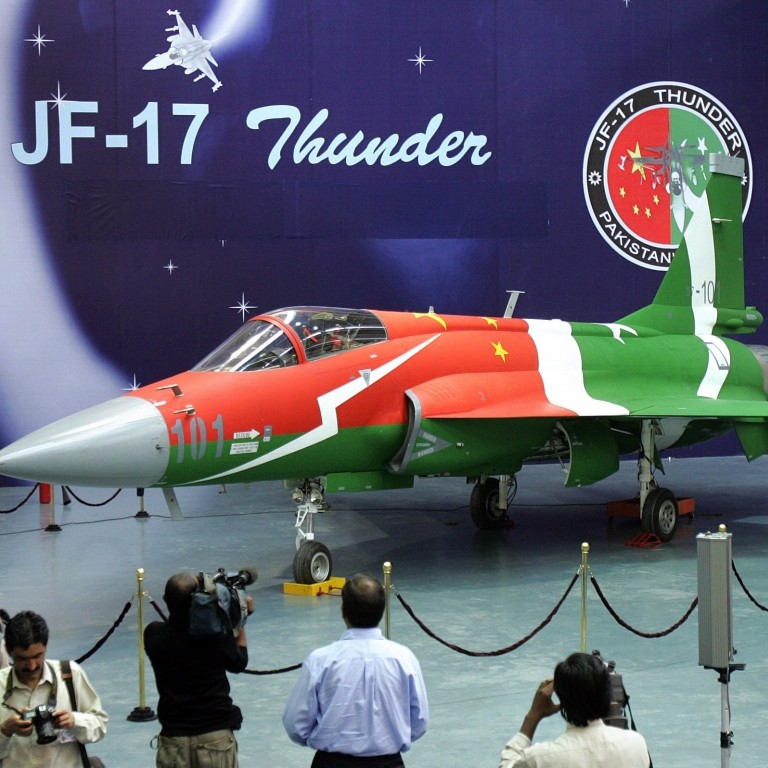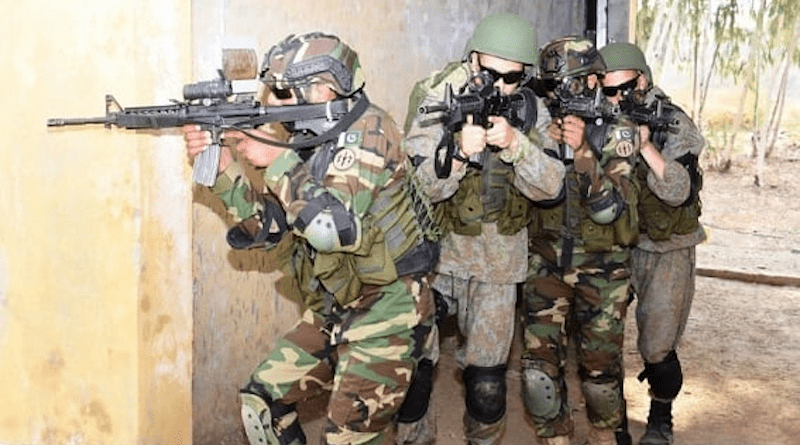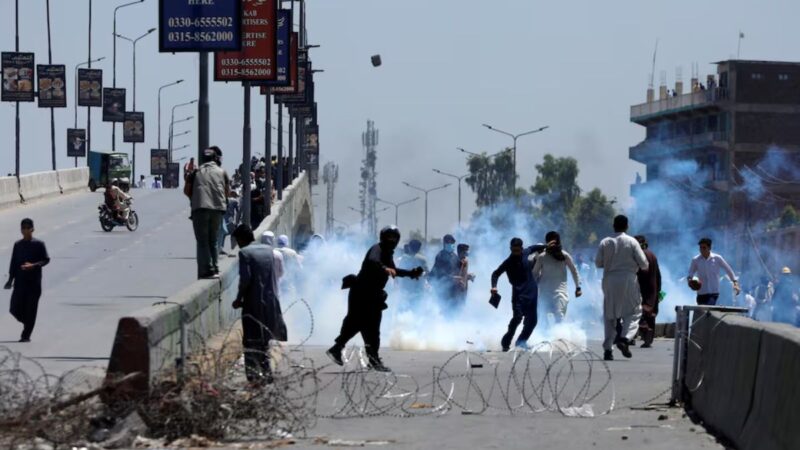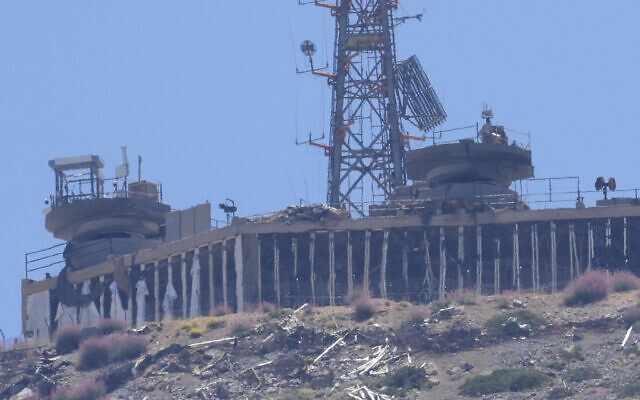China-Pakistan’s low cost, multi-role fighter JF-17 turns out to be failure

Advertisement
Owing to its high operations and maintenance cost, Pakistan’s JF-17 “Thunder”, which was supposed to a low cost, light-weight, all-weather multi-role fighter with a Chinese airframe, has now become a liability for Islamabad.
According to a report, the aircraft’s capability is judged by the avionics, weapons and engine equipping it and the JF-17 fails to hit the mark in most areas, according to a report by pentapostagma.
Pakistan and China had inked an agreement in 1999 to jointly develop and produce the JF-17 “Thunder”. Pakistan had believed that the JF-17 would be at par with the Su-30MKI, Mig-29 and Mirage-2000. It was supposed to be “equipped with Western avionics and powered by the Russian Klimov RD 93 aeroengine”.
On February 27, 2019, during an attempted retaliation to the Indian Air Force targeting a Pakistani terrorist group, the JF-17 performed poorly against IAF Mirage-2000 and SU-30s.
“In the Air Defence role, its indigenous Link-17 data link is not only unreliable; it does not have sufficient data transfer rate and can never be integrated with the F-16 fighter’s Link-16 to give the aircraft true interoperability capability. The ‘Thunder’ does not have even an effective BVR or Airborne Interception radar,” said the report.
Touted to be the next best PAF (Pakistan Air Force) fighter after the F-16, its unremarkable low endurance, poor accuracy and low weapon carrying capability were amply demonstrated on 27 February 2019, with all its Range Extension Kit (REK) bombs failing to hit the target in the face of effective jamming and attacks by Indian fighters, it said.
The critical part of the JF-17 avionics is the KLJ-7 Al radar and Weapon Mission Management Computer (WMMC) and both face several problems.
While KLJ-7 radar shows degraded behaviour and also faces several operational and maintenance problems, the WMMC has limited capacity and has shown a high rate of failure of a number of its modules, including the Main Computer module.
“Malfunction of the WMMC has caused Launch Zones of Beyond Visual Range air-to-air missiles to shrink during combat exercises. Due to its unreliability, PAC is now attempting to indigenise the WMMCs. The weapon load that the aircraft can carry is also not remarkable.
“Its integral 23 mm Gun initially experienced gun stoppages in the air and now has problems with the 23 mm round bursting. Other than the Chinese SD-10 BVR, REK and C-802AK ant-ship missile, the aircraft carries the normal weapon load of a MiG-21. Efforts to integrate the aircraft with other Chinese weapons are in progress, but with limited success,” the report stated.
The key reason cited for JF-17’s poor performance is that the aircraft has a single Russian RD-93 engine, which is known for its poor serviceability.
The other problems of the JF-17 are “Nose Landing Gear shimmies while taxing and a number of aircraft experience nose wheel vibrations”. Besides, the ventral trails have been found cracked indicating poor metallurgy or design.
Pakistan is now eyeing China’s J-10 fighter, which is cheap at its purported price in 2018 at USD 25 million per fighter. However, due to Pak Rupee depreciating at almost 30 per cent last year the cost of the aircraft will be high for Islamabad.
Advertisement






